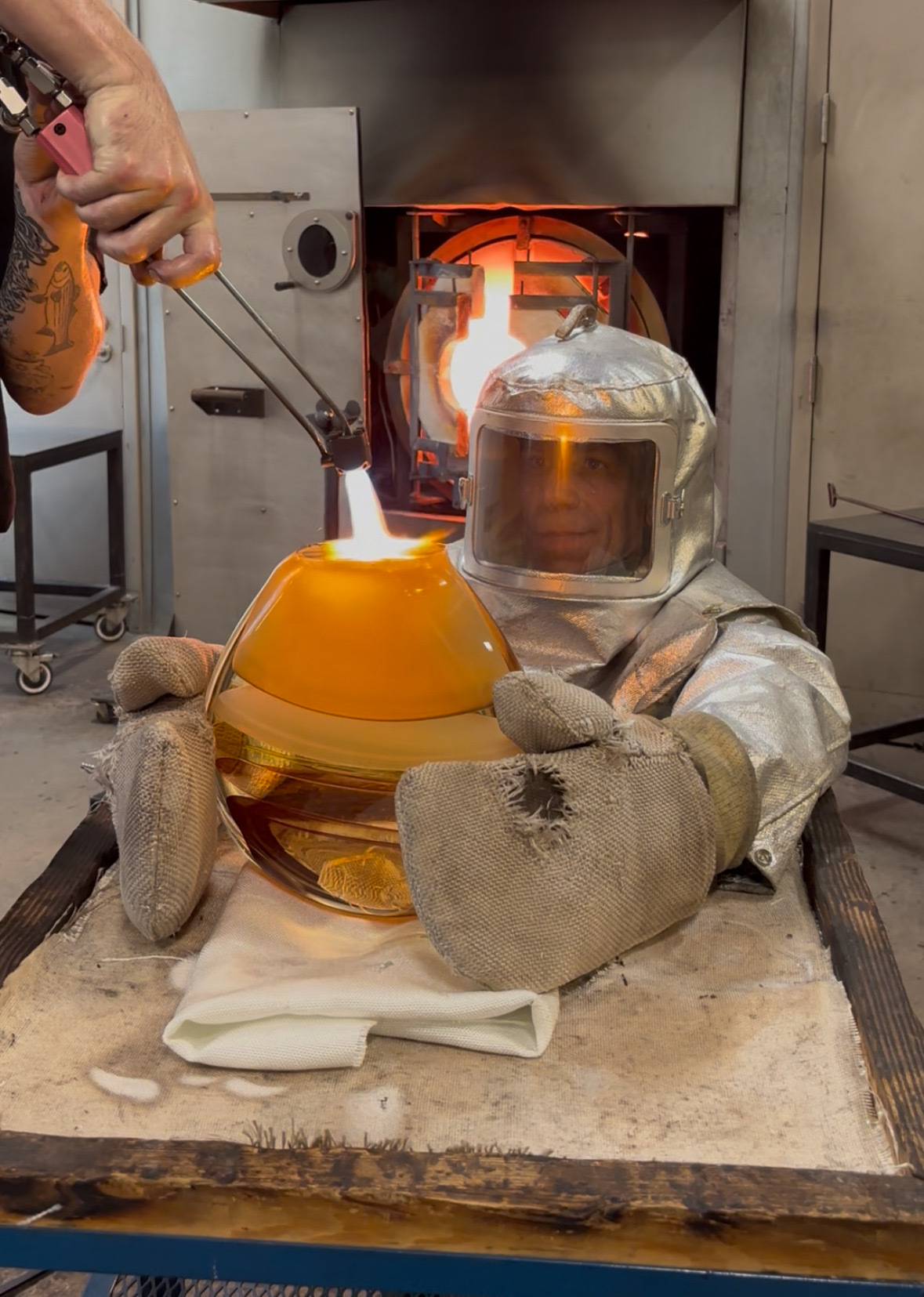
“It’s like gearing up for war.” That’s the way glassblower Jamie Harris describes preparing to head into the studio during a New York summer. This week, temperatures have risen into the high 90s, and Harris is staring down wearing four layers of kevlar and a helmet over a 2,000-degree cauldron in Brooklyn. Though he has a number of studios scattered across the city, the artist largely works from UrbanGlass, where he also sits on the board. It is the world’s oldest artist-access glassblowing studio, where more than 350 creatives have set up shop, including the likes of Dale Chihuly, Titus Kaphar, and Lynda Benglis.
Harris, exclusively represented by Todd Merrill Studio, makes award-winning sculptures and intricate lighting designs that recall watercolors more than sturdy home decor. He is especially known for his Totem lights, which feature stacked orbs of iridized and frosted orbs. A veteran of New York summers at the studio, he issues several warnings to our videographer before they meet him in his workshop. “You just have to prepare,” he says. “[We] bring all the stuff: the Gatorades, the fans, the buckets of ice, the 20 pounds of T-shirts.”
Glassblowers, it seems, are a hardy sort; they aren’t put off by working hours on a piece only to have it (occasionally) shatter, or by having an office that doubles as a maximum-heat sauna. Here, Harris reveals what he’s doing to stay cool—and sane.
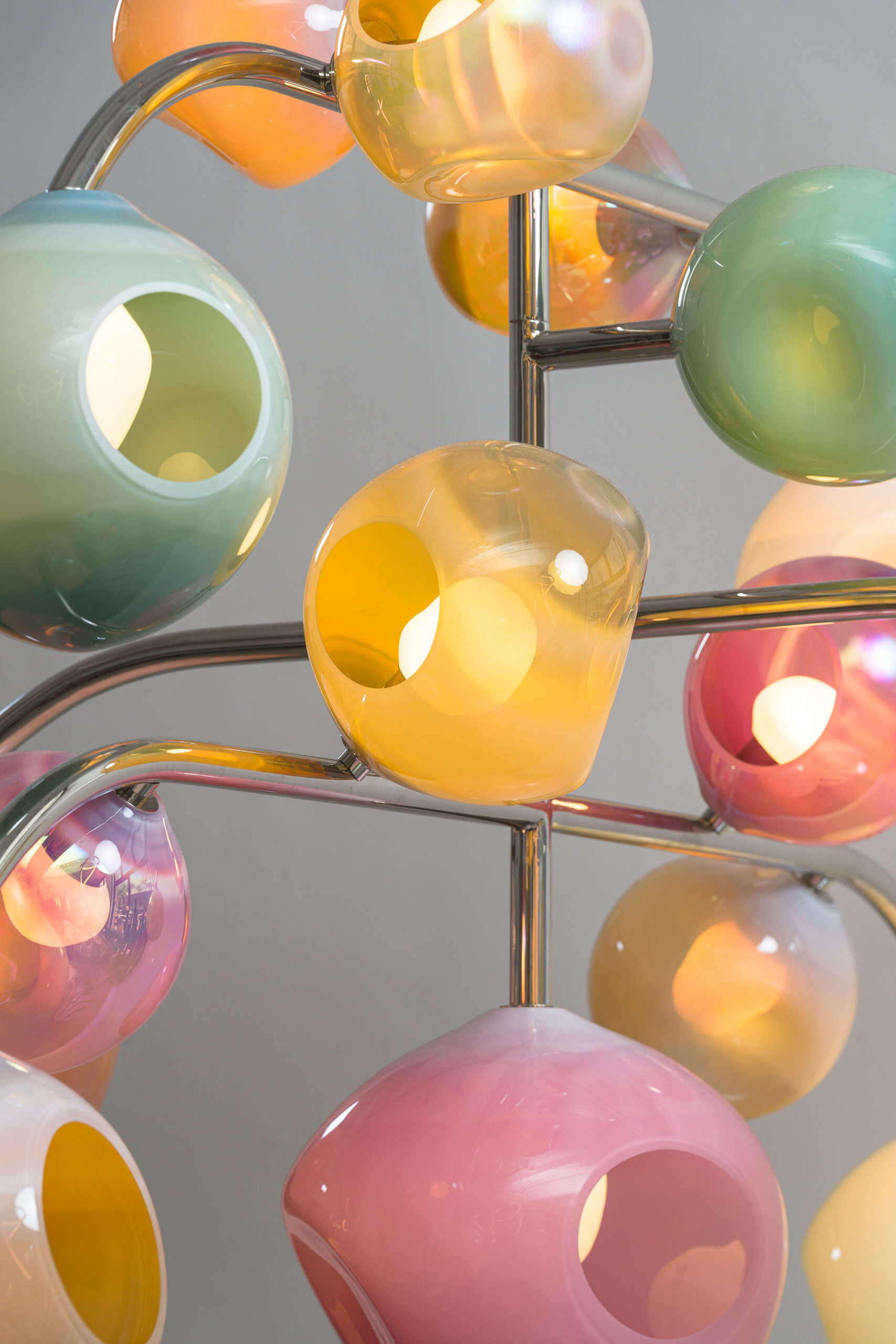
CULTURED: How did you end up at UrbanGlass and what are the studios like?
Jamie Harris: The furnaces are on 24/7. It takes a week or two to shut the furnaces down and then a week or two to bring ’em up, so you never turn the equipment off unless you’re doing really long-term maintenance. We have several cauldrons of 2,000-degree glass constantly ready for our artists to use. It’s a really inspiring space. I first went there a long time ago when I was a young, emerging artist. This is the late ’90s, and I’d never seen glass done so large, so many people working at the same time, so elaborate. My eyes were just overfilled. I was hooked. I haven’t really left since.
The other thing I’ll say about the magic of Brooklyn in general is we do not lack artists. Life as an artist here is so hard—rent, space, expenses like transportation—but we don’t lack for talent. Glassblowing is a collaborative process. Right now, I’m in the middle of a months-long project. I was able to reach out to one of my friends who I work next to all the time. I was like, “I need your expertise on this. Can you help me out for a couple days?” He said, “Absolutely, I’m in.” If you were in the middle of the country, you would be begging people to come to your studio to help you.
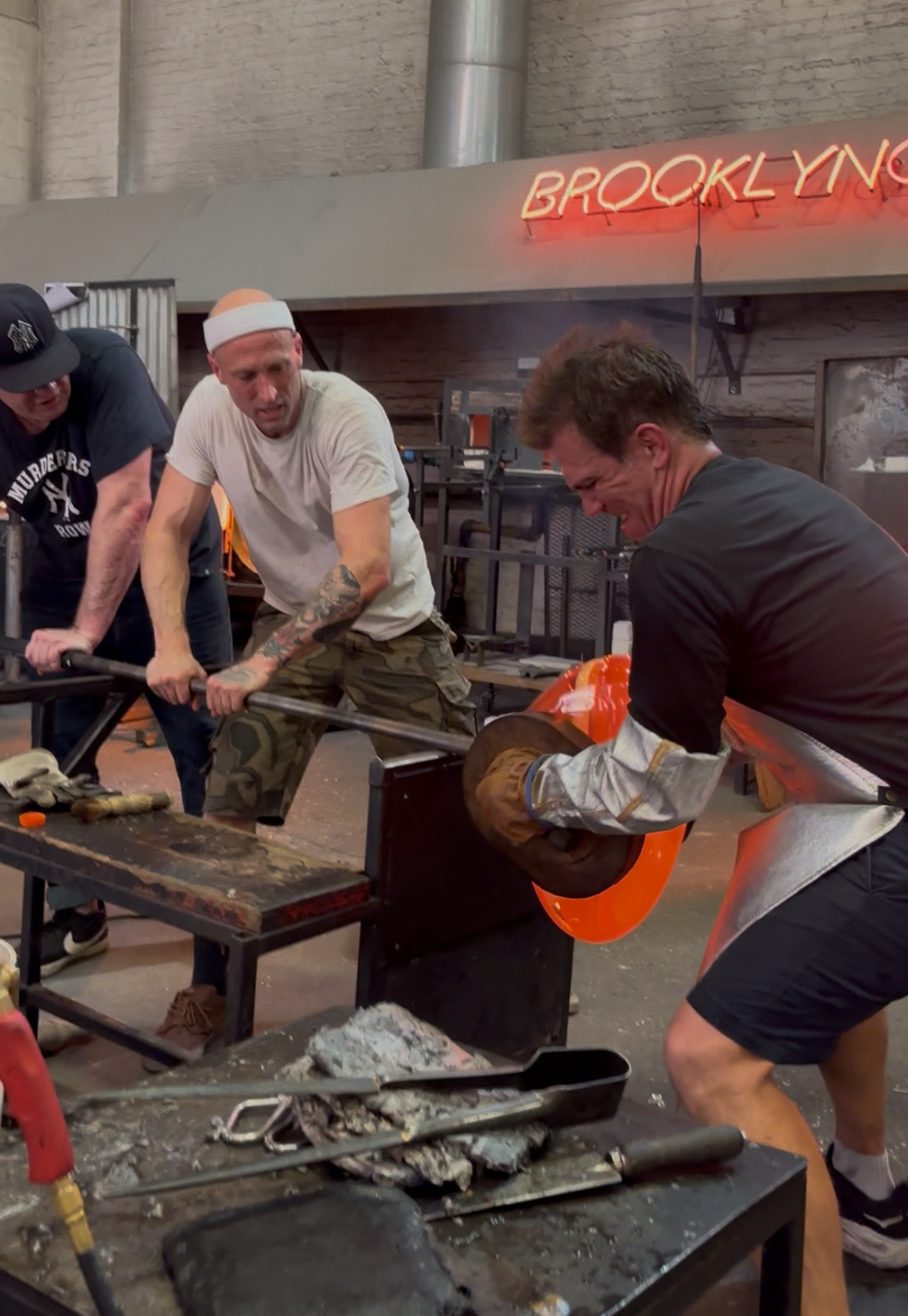
CULTURED: How does the environment change in the summer?
Harris: Only the really hardy stick around for the hottest months. But we are used to it. Glassblowing is such a joy when it’s zero degrees outside and you’re blowing glass in a sweater. But it’s still a joy when it’s miserably hot. Just like everything else about the material, you have to learn to use your tools. You don’t get burnt normally because you learn to use protective clothing. You guard yourself with paddles. And similarly, when it’s hot outside, you learn to come in with buckets and buckets of ice and Gatorades and surround yourself with a wall of fans. I try to avoid some of my largest, most complicated pieces when it’s really hot, but a lot of times you can’t. It’s harder to do a four-hour piece that’s heavy and complicated when you’re worried that a drop of sweat at the end could ruin the entire piece. But you have to do it.
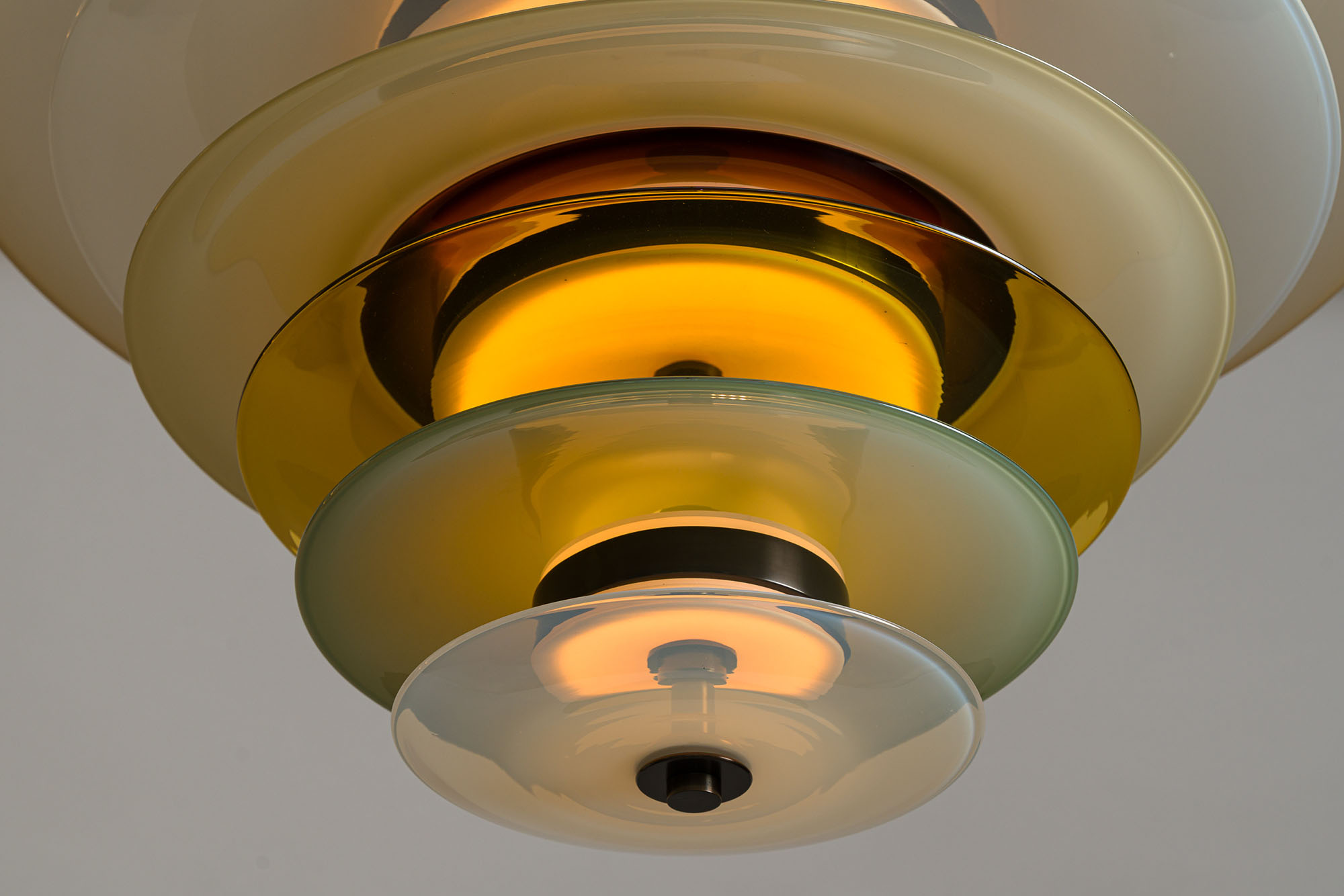
CULTURED: I’m wondering if you have a patented technique for staying cool. I’m imagining you all with ’80s sweatbands around your heads.
Harris: Some people rock the ’80s sweatband. I rock the ’80s armband. It’s a little gross on a really bad day, coming home and dumping out all of my clothing out my backpack. It’s gross T-shirt after gross T-shirt. The biggest thing is how to hydrate. I learned this both as a distance runner and blowing glass in New York over the last two decades: if you don’t hydrate, you start cramping, and you can actually feel nauseous on a bad day.
I take training a lot more seriously than I did when I was younger. This is an interview, so I should be careful about what I say, but I totally remember being very young, making large work in the summertime studio and throwing up at the end of the day. That was very rare, but that never happens to me anymore.
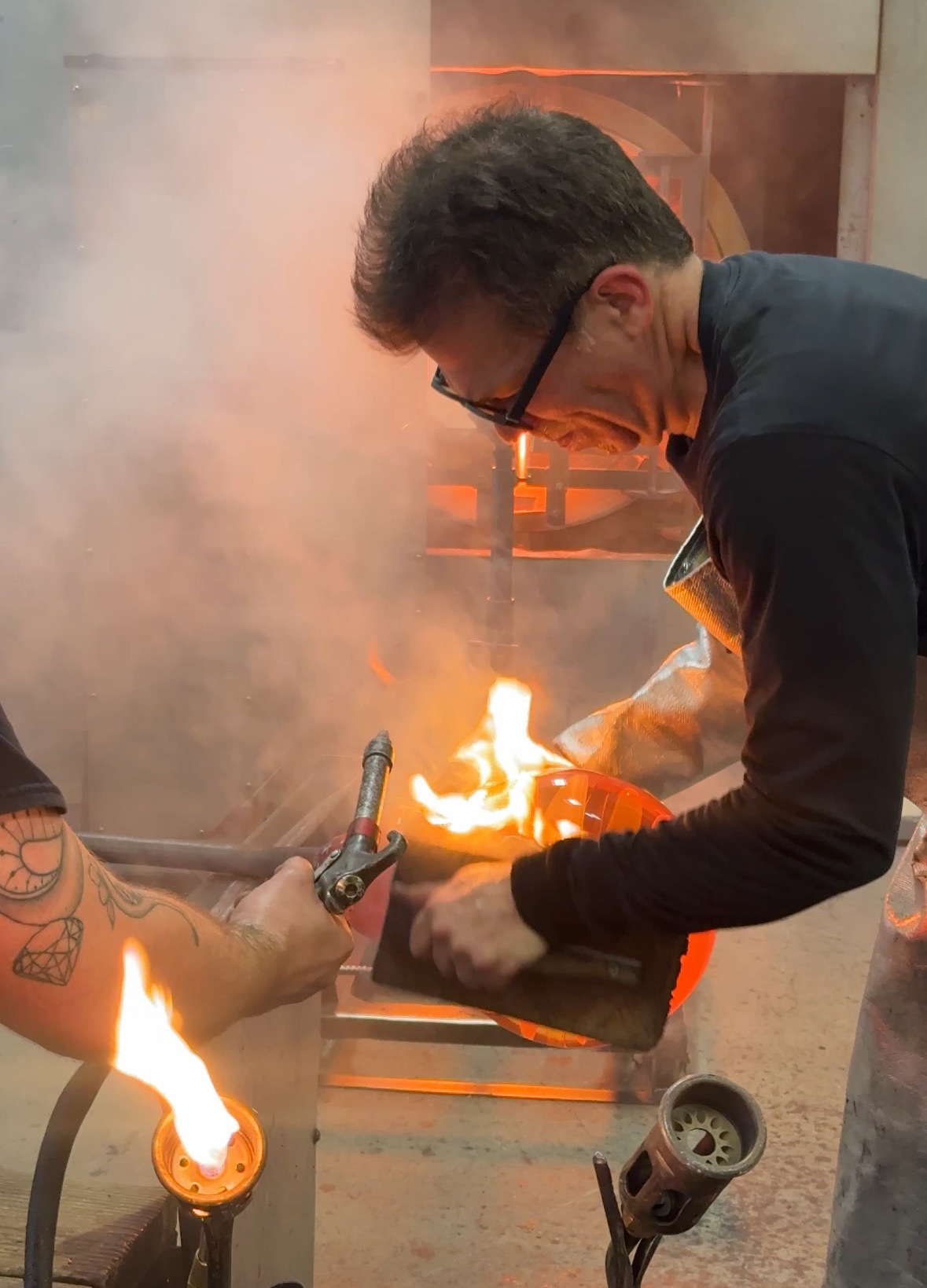
When you make large-scale work, there’s so much heat coming off the material that you would be sweating just from that. I’ll put a long sleeve T-shirt on and these Kevlar sleeves, and then sometimes if it’s big, I put a Kevlar apron on. If it’s really big, I put a helmet on and another Kevlar jacket. So I might have three or four layers of Kevlar clothing on. Even in the wintertime, I’m gonna be hot and uncomfortable.
I think this is where being a distance runner really helps me. It’s all prep work, and then it comes together either successfully or not based on that last 20 minutes. You just have to have this incredible mental discipline to say to yourself, I know what I need to do. I just need to clear my head. Don’t think about anything else. It’s exactly like running a marathon, which I’ve done three times now. How do I get past the 18th mile?
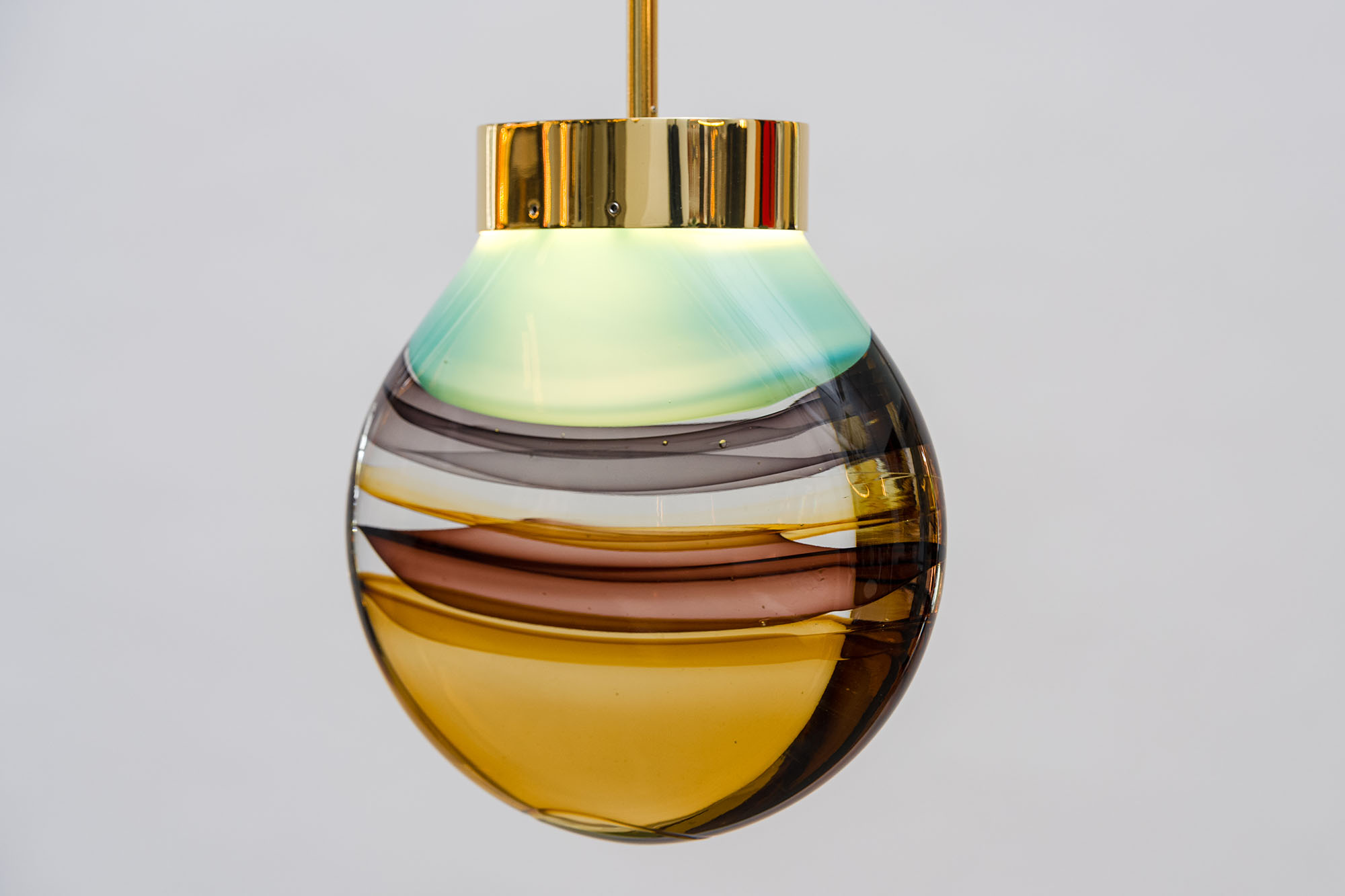
CULTURED: Can you tell me more about the team that you work with, and what that dynamic is like?
Harris: There’s maybe a half dozen people that I tend to work with all the time and maybe another half dozen people that I draw upon when I need extra help or someone’s not available. The last couple years I’ve been working with my friends Bill Couig and Leckie Gassman.
So much of glassblowing is unspoken. It’s just a look, and they know what to do. They know that means heat it. They know when they bring the piece back that it means bring it up or bring it down because there’s no time. There’s often no time to communicate because a split second or two can really ruin a piece when it’s hot and it’s moving.



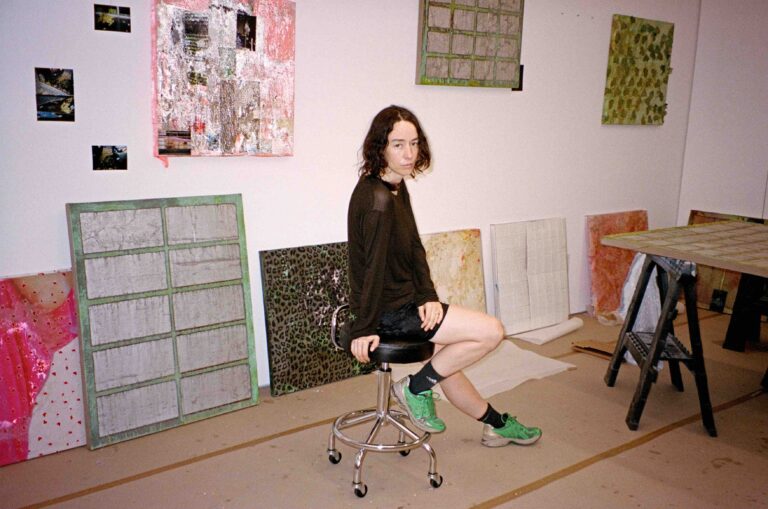


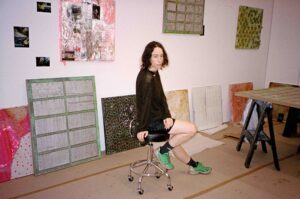



 in your life?
in your life?

